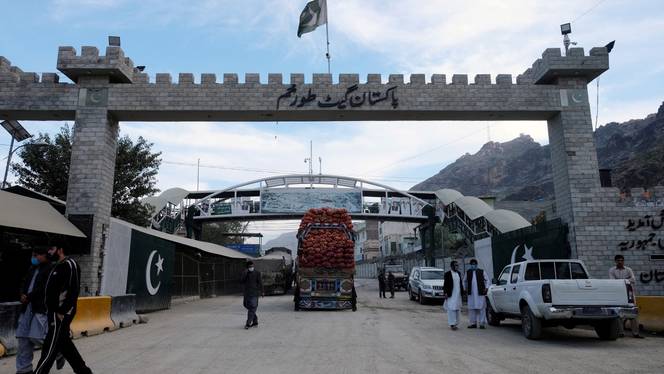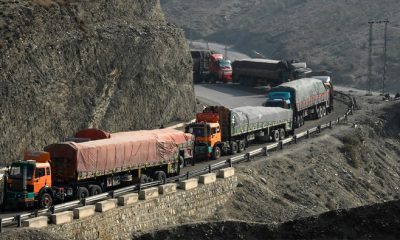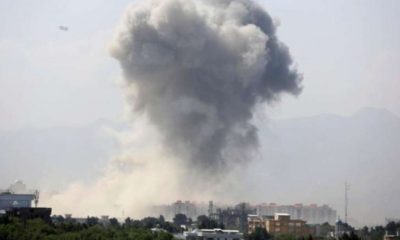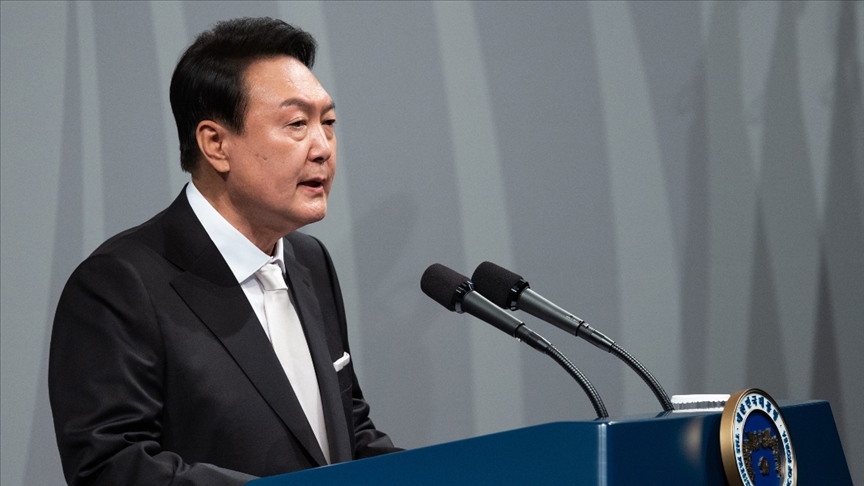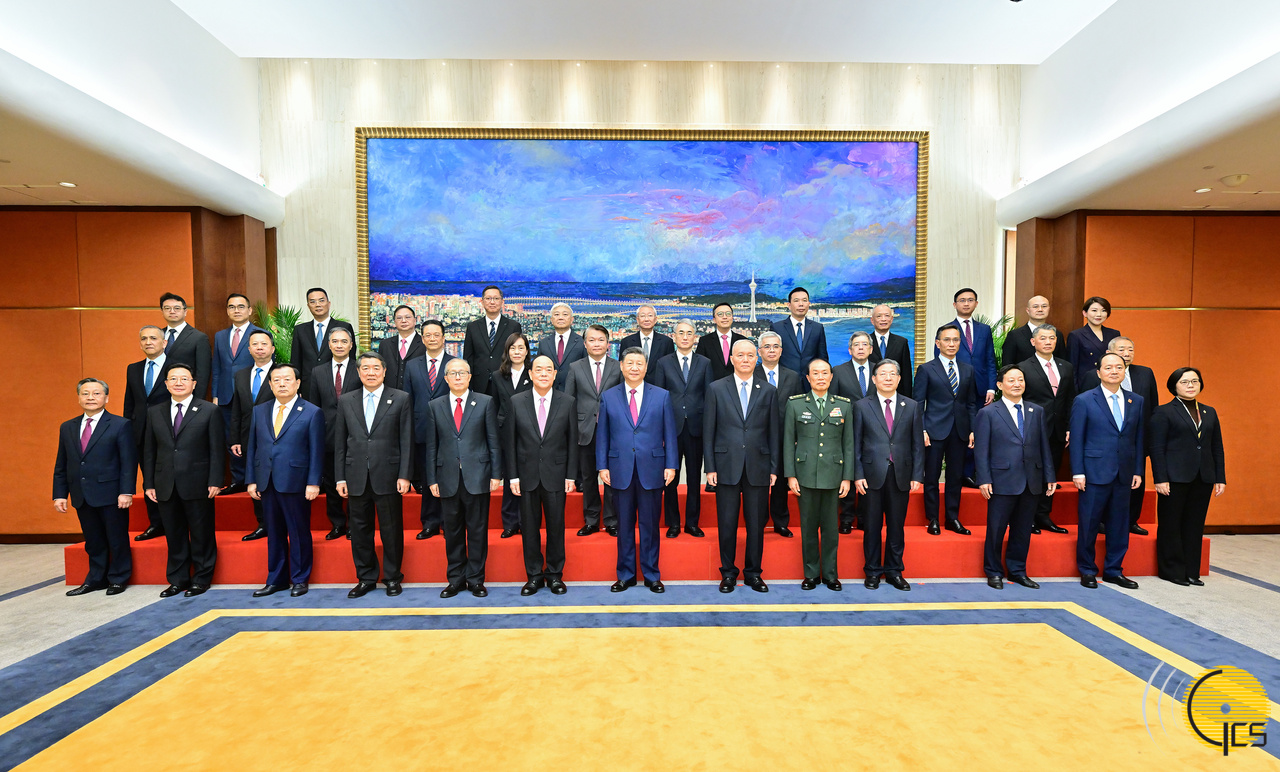The Taliban and Pakistani security forces went on full border skirmish on Wednesday, shutting down the busiest trade and public crossing between the two neighboring countries.
Torkham crossing point has been closed after security forces of both the countries exchanged fire, leaving casualties.
At least four children from Afghanistan were killed in the clash, said a source from Pakistan’s Ministry of Foreign Affairs. He also confirmed the injury of the four Pakistani nationals in the clashes.
Video on social media showed that people were rushing to leave the Torkham crossing as gunfire was heard. People on the other side near the Khyber Pass had also fled once the firing started, local residents on the Pakistani sides reported.
The source said that clashes erupted when the Taliban forces wanted to build a security outpost near the border. However, the Taliban rejected the news and blamed Pakistan for firing first.
Taliban Ministry of Interior in a statement said that the clash was initiated by the Pakistani forces and the Taliban forces went to respond back.
The clash took place at Torkham Township in Momand Dara district of Nangarhar province, according to the statement.
There are no reports of casualties, and it is also not clear why the security forces of both sides exchanged fire, said an official in Pakistan’s Khyber Pakhtunkhwa province.
Nasrullah Khan said that the Pakistani government is in contact with their Afghan counterpart to defuse tensions. The Taliban also said that they are in talks with Pakistani officials.
Torkham border point
This is not a new clash between the two neighbors. In the past years, including during the republic system, security forces of the two sides engaged in clashes which caused the closure of the Torkham gate. The recent one was in February when the security forces of Taliban and Pakistan exchanged fire and closed the gate for public and transport purposes. In that time, thousands of trucks loaded with goods were stranded on each side of the border for days and saw an economic decay for the traders.
It is worth mentioning that the Torkham border point is the main point of transit for travelers and goods between the neighboring countries.
A Pakistani police official said that the firing started at around 1pm local time and the Taliban side was firing both light and heavy weapons.
“It is not clear who is firing. But mortars were also fired,” said the official on condition of anonymity.
However, a Taliban spokesman said that Pakistani forces fired first and the Taliban leadership is now working to resolve the issue. “Officials on both sides are working to find out the cause of the clash and ways to prevent such an incident in the future,” said Abdul Mateen Qani, Taliban spokesman for the Interior Ministry.
Meanwhile, Pakistani authorities said that dozens of trucks carrying vegetables and fruits were waiting on both sides of the border for the reopening of the gate.
Afghanistan and Pakistan frosty ties
Ties between Afghanistan and Pakistan have never been normal. Before Taliban takeover in 2021, the then Afghan government accused Pakistan of supporting the Taliban. And now when the Taliban is in the helm of power, the Pakistani authorities blame the Taliban for harboring fighters and carrying out airstrikes to target the militants in the Afghan soil.
The two neighbors also have issues with the recognition of the 2,600km border known as Durand Line. The government in the past and including the incumbent did not recognize the Durand Line as an official boundary between the two states.
The border clash came two days after the caretaker Prime Minister of Pakistan Anwaar ul-Haq Kakar said that military equipment left by the US during its withdrawal from Afghanistan had fallen to the hands of Pakistani Taliban.
The US forces pulled out from Afghanistan after 20 years of presence aimed at a chaotic withdrawal that resulted into the collapse of the republic system that was backed by the West during the span of time.
The Pakistani Taliban known as TTP, has increased attacks on the Pakistani security forces in recent months and Islamabad accuses the Taliban for supporting the TTP.
However, the gun battle also erupted at the crossing in February, where the Taliban ordered the closure of the Torkham gate. There is no official report on the circumstances of the crossing point.

 EUROPE1 week ago
EUROPE1 week ago
 OPINION2 weeks ago
OPINION2 weeks ago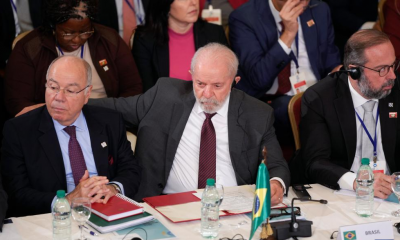
 OPINION1 week ago
OPINION1 week ago
 DIPLOMACY2 weeks ago
DIPLOMACY2 weeks ago
 OPINION2 weeks ago
OPINION2 weeks ago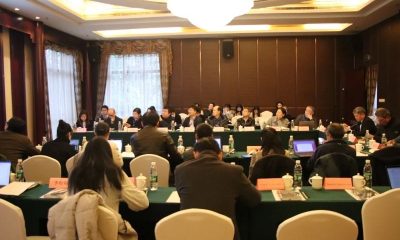
 ASIA1 week ago
ASIA1 week ago
 MIDDLE EAST1 week ago
MIDDLE EAST1 week ago
 MIDDLE EAST2 weeks ago
MIDDLE EAST2 weeks ago
